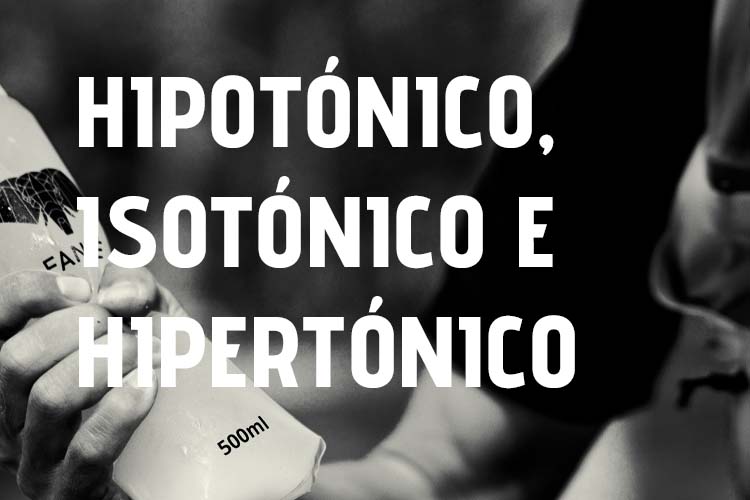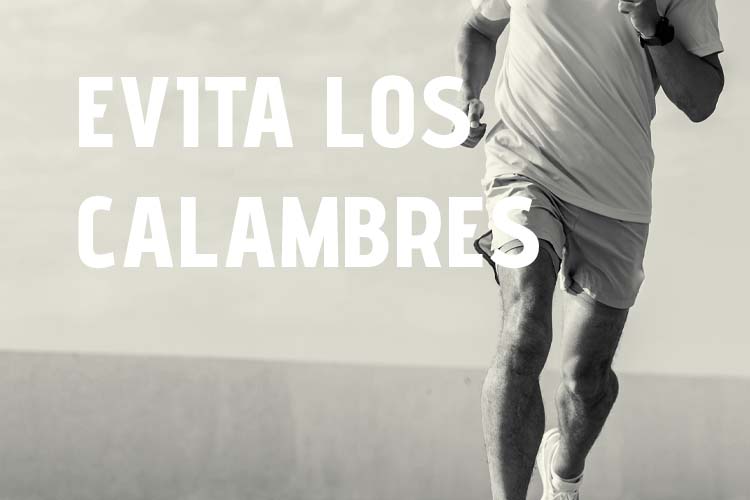Energy drinks and concentrations
Proper hydration is essential for performance and recovery in sports. During exercise, fluids and electrolytes are lost through sweat, which can negatively impact muscle function and endurance. To maintain optimal performance, it is essential to replenish these elements through strategic hydration that includes water, carbohydrates, and minerals.
Carbohydrates and their role in hydration
Carbohydrates are a key source of energy during exercise. There are different types, such as glucose, fructose, maltodextrin, and sucrose, each with different absorption rates. Sports drinks often combine several types of carbohydrates to maximize energy absorption and utilization. A maltodextrin to fructose ratio of 1:0.8 has been shown to be effective for rapid and sustained absorption, optimizing performance and recovery.
Carbohydrate concentration and osmolarity
The concentration of carbohydrates in a beverage influences its osmolarity, that is, the amount of dissolved particles in the liquid. Adequate osmolarity facilitates the absorption of fluids and nutrients in the intestine. Isotonic beverages have an osmolarity similar to that of blood (280–330 mOsm/kg), allowing for rapid absorption without causing gastrointestinal discomfort.
Types of sports drinks
Sports drinks are classified according to their carbohydrate concentration and osmolarity:
- Hypotonic drinks : They contain less than 4% carbohydrates and have a lower osmolarity than blood. They are ideal for rapid hydration before exercise or during low-intensity activities.
- Isotonic drinks : These contain between 4% and 9% carbohydrates and have an osmolarity similar to that of blood. They are suitable for maintaining hydration and energy during moderate to high-intensity exercise.
- Hypertonic drinks : They contain more than 9% carbohydrates and have an osmolarity higher than that of blood. They are mainly used after exercise to quickly replenish glycogen stores.
Recommended composition of sports drinks
For effective hydration, sports drinks should contain:
- Carbohydrates : 60-80 g/L, using a combination of matodextrin and fructose
- Sodium : 460-1150 mg/L (20-50 mmol/L), to replace sweat losses and maintain electrolyte balance.
- Potassium : 3-5 mmol/L, essential for muscle and nerve function.
- Osmolarity : 280-330 mOsm/kg, to ensure optimal absorption of fluids and nutrients.
Proper use according to the time of exercise
- Before exercise : It is recommended to consume hypotonic drinks to ensure adequate hydration without overloading the digestive system.
- During exercise : Isotonic drinks help maintain fluid and energy balance, especially during activities lasting longer than 60 minutes.
- After exercise : Hypertonic drinks are useful for quickly replenishing energy and electrolyte reserves lost during physical exertion.
Conclusion
Proper hydration, including the right combination of water, carbohydrates, and minerals, is essential for performance and recovery in sports. Selecting the right sports drink based on the intensity and duration of exercise can make a difference in an athlete's performance.
At FANTÉ, we are committed to offering products that meet these specifications, such as our GLUT 5 DRINK , designed to provide optimal hydration and improve athletic performance. Discover our entire hydration range and boost your performance to the highest level.
Literature
- Baker LB, Jeukendrup A. Optimal composition of fluid-replacement beverages. American Physiological Society. Comprehensive Physiology. 2014; 4(2): 575-562.
- Burke LM, Jeukendrup A, Jones AM, Mooses M. Contemporaty Nutrition Strategies to Optimize Performance in Distance Runners and Race Walkers. Int J Sport Nutr Exerc Metab. 2019; 29(2): 117-129.
- Urdampilleta A, Martínez-Sanz JM, Álvarez-Herms J. Hydration protocol before, during and after physical activity. Mot Eur J Hum Mov. 2013; 31: 57–76.
- Palacios N, Franco L, Manonelles P, Manuz-González B, Villegas-García JA. Consensus on sports beverages. Composition and fluid replacement guidelines. Consensus Doc [Internet]. 2008; 25(126): 245–258.




Leave a comment
This site is protected by hCaptcha and the hCaptcha Privacy Policy and Terms of Service apply.